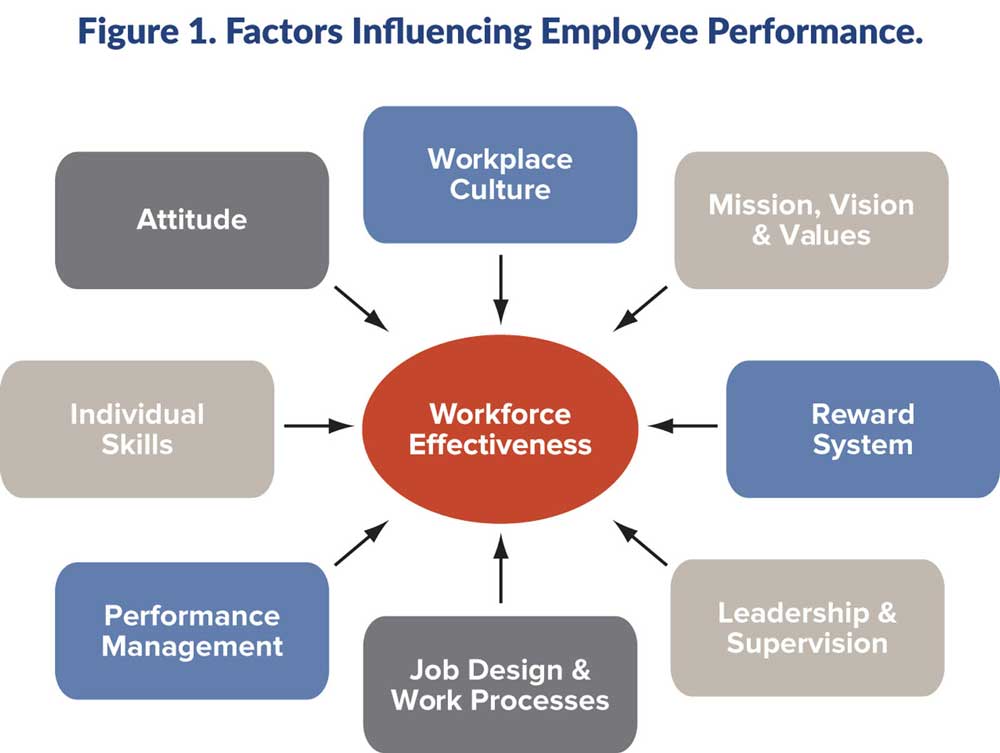
By Patrick Ibarra
“As a rock star, I have two instincts, I want to have fun, and I want to change the world. I have a chance to do both.” —Bono of the band, U2
My 13-year-old son Maximiliano is a huge fan of Jack White, a modern-day rock star, whereas I’m more partial to Bono of the music group, U2. Where Maximiliano and I agree is that each of these artists possess an insatiable appetite to work at their craft and create incredible music that endures.
Recognizing that every day is a starting line instead of a finish line, like other rock stars, they have adapted to changing trends among the listening public without losing their taste compass.
Actually, rock stars exist in every organization and in every industry, including local government. These employees push every day to move the bell curve to the right for higher performance.
Unfortunately, most organizations reward these rock stars with more work. The unintended consequence is that your organization’s stars can feel overworked and neglected.
Make no mistake about it, your stars are self-starters, highly motivated, and serve as the primary drivers of your organization’s success and will definitely benefit from more positive attention and support.
In fact, I suggest these are the employees you want to immediately conduct stay/retention interviews with and ask them one simple question: What can we do to help you achieve your potential? High performers want and expect more than to simply complete the tasks that make up their job descriptions.
They see their work responsibilities not merely as a job but as a role. When they perceive that they don’t have the opportunities to do what they do best, they start to consider their next career stop.
Figure 1 identifies eight factors that influence employee performance. Of these, far and away the most influential is an employee’s attitude. Every employee owns his or her own attitude and own morale.

Rock-Solid Employees and ROCKS
Two other types of employees are rock solid and ROCKS. The rock solid are those individuals who arrive at work every day committed to doing their best and are often the backbone of the organization.
They also can be the cautious optimists about any changes coming down the pike. You know, those changes launched in the name of improving organizational effectiveness. Not always overly ambitious but rock-solid performers.
Then, there are those employees who I refer to as ROCKS, an acronym I’ve coined, which means Resisting the Opportunity to Change a person’s Knowledge and Skills.
Some employees quit and leave, whereas ROCKS quit and stay. Bad morale is contagious and low-morale people are always seeking new recruits. These employees seek to move the bell curve to the left, dragging down performance and effectiveness.
A question for readers is: Which group, rock stars or ROCKS, has more influence over the rock-solid employees? I recommend you reject conventional wisdom that asserts by spending time with ROCKS, communicating with them, and even involving them in the organization’s journey, they’ll convert and adopt a healthier attitude.
Often, they don’t change and can even become intractable. Whatever you do, do not appoint ROCKS to serve on an internal cross-functional task force or team thinking they’ll change their minds. They won’t, and you’ve just legitimized their platform and given them a bullhorn to push their points.
What frustrates rock stars is how leaders will accept ROCKS as members of the workforce. Remember, whatever you tolerate you advocate. Rock star employees often need to compensate for the work ROCKS aren’t accomplishing.
How to Attract More Rock Stars
Here are five ways to hire, develop, and retain more stars:
1. Recognize that rock stars represent all demographics of a workforce, from the newbie to the most seasoned veteran.
Credentials aren’t a predictor as it relates to rock-star status. Also, sorry, but you can’t train or teach initiative. People either have it or they don’t.
2. Modernize Pareto’s Rule so you spend 80 percent of your time with the top 20 percent of your employees, the stars.
While they may not always ask or seek your attention, they’ll appreciate your time and presence with them.
3. Upgrade your hiring and promotional processes.
Deeply explore the intangibles that influence performance. If you’ve ever made a bad hire, you know what I mean. Refresh your job announcements so you emphasize possessing a healthy attitude as a difference maker.
Revise your interview questions with a stronger focus on candidates’ and employees’ desire to learn. Ask, “What did you learn last year?” Rock stars are curious, always dreaming up new ways of doing things, and fashion themselves possessing a mind like wet clay instead of clay pots.
4. Improve the performance appraisal process. First and foremost, fix it.
Ensure the appraisal instrument is aligned with the job description and the work that employees actually complete. Remarkably those three factors—job description, performance appraisal, and the daily work—often aren’t aligned, which undermines the prioritization of mission-critical work.
Beyond the instrument, equip supervisors, managers, and leaders with the requisite skills and capabilities of providing timely, accurate, and meaningful feedback to their employees. Require self-assessments from each employee as part of the process.
5. Reinforce that rock stars are the visible, vocal advocates of the preferred workplace culture.
Indeed, these employees are the champions of change operationalizing the mission, vision, and values to enable your organization and community’s potential.
Professional, collegial employees who traffic in trust and building healthy relationships, rock stars value individual accountability and expect their organization’s leaders to be vigilant to ensure that it exists.
The best days for your organization and community are in front of it. Rock stars are symbols of this mindset and commit themselves daily to building a stronger community. They’re energized by the mission and purpose of local government. Today, people aren’t looking for jobs, they’re looking for meaning and local government is in the meaning business.
Don’t hesitate to e-mail your questions and comments to me at patrick@gettingbetterallthetime.com.

Patrick Ibarra is a former city manager and partner, The Mejorando Group, Glendale, Arizona (patrick@gettingbetterallthetime.com).
New, Reduced Membership Dues
A new, reduced dues rate is available for CAOs/ACAOs, along with additional discounts for those in smaller communities, has been implemented. Learn more and be sure to join or renew today!
